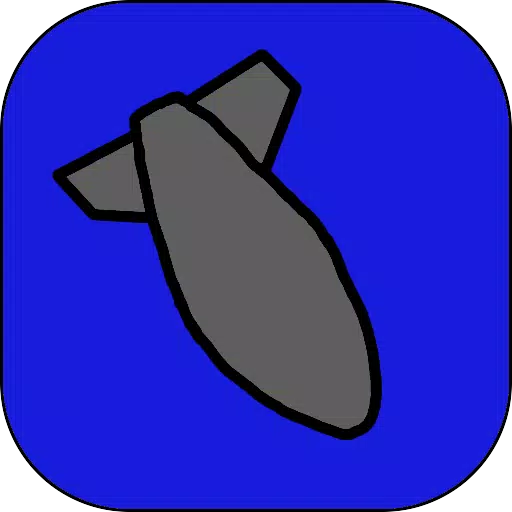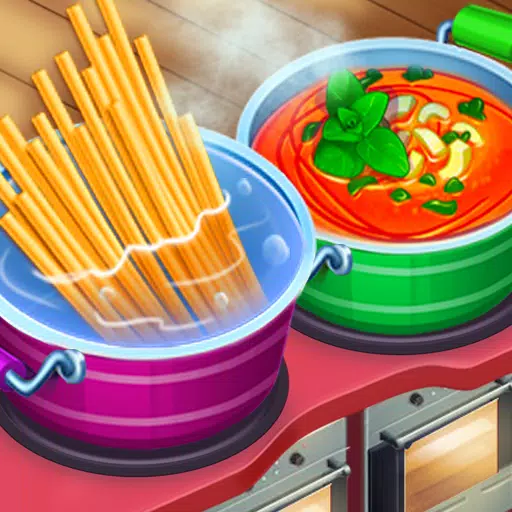When I sat down to play developer MercurySteam's latest project, Blades of Fire, I expected a return to the studio's Castlevania: Lords of Shadow roots, perhaps updated with the modern stylings of God of War. After an hour, I thought I was diving into a Soulslike, albeit one where the stats were embedded in the weapons rather than a traditional RPG character sheet. By the end of a three-hour hands-on session, I realized both of these impressions were simultaneously true and false. This game is unmistakably built on well-trodden paths, yet the unique blend of borrowed components and fresh ideas crafts a novel and intriguing take on the action-adventure genre.
While it's not a direct clone of Sony Santa Monica's work, you'd be forgiven for thinking so at first glance. With its dark fantasy setting, heavy-hitting strikes, and a third-person camera that stays close to the action, Blades of Fire shares much in common with Kratos' Norse saga. There are even more parallels to explore: during the demo's opening hours, I navigated a twisting, treasure-laden map alongside a young companion who aided in puzzle-solving. Together, we sought out a woman of the wilds who resided in a house perched atop a giant creature. At times, it can feel a bit too reminiscent, especially considering the numerous elements borrowed from FromSoftware's catalog, such as anvil-shaped checkpoints that, when rested at, both replenish limited health potions and respawn enemies.
 Blades of Fire features some deeply strange enemies that feel like dark cousins of Labyrinth's puppets. | Image credit: MercurySteam / 505 Games
Blades of Fire features some deeply strange enemies that feel like dark cousins of Labyrinth's puppets. | Image credit: MercurySteam / 505 Games
All this familiarity is presented through a world that exudes a nostalgic 1980s fantasy vibe. You could easily imagine Conan the Barbarian fitting in among its muscular soldiers, while the sight of orangutan-like enemies bouncing on bamboo pogo sticks wouldn't seem out of place in Jim Henson's Labyrinth. The story, too, carries a retro feel; an evil queen has transformed steel into stone, and it's up to you – Aran de Lira, a blacksmith demigod – to slay her and restore the world's metal. Despite these charming old-school elements, I'm skeptical about the story, characters, and writing holding up as compelling – they feel very video game-y, reminiscent of many forgotten tales from the Xbox 360 era.
Much like those games from yesteryear, Blades of Fire's strongest aspects seem to lie in its mechanics. It boasts a combat system rooted in directional attacks that utilize every face button on the controller. On a PlayStation pad, tapping triangle targets the head, cross aims at the torso, while square and circle swipe left and right. By carefully observing an enemy's stance, you can use these attacks to break through defenses. For example, a soldier shielding their face can be overcome by aiming low and piercing their gut. The impact is satisfyingly visceral, with thick trails of blood erupting from the wounds you inflict.
There are moments when this system truly excels. The demo's first major boss, a slobbering troll, had a second health bar that could only be whittled down after dismembering the beast. The limb you sever depends on your angle of attack, so I could use a right-hand strike to detach its club-swinging left arm, effectively disarming my foe. Even more thrilling: you can slice the troll's entire face off, leaving it blind and flailing until it regrows its eyes and resumes the fight.
Compared to most games, your weapons in Blades of Fire demand significant attention. "Interesting wrinkles like this can be found in many of the combat staples. Rather than automatically regenerating, your attack and dodge-fueling stamina gauge must be manually restored by holding the block button. Despite these new ideas adding a unique edge to Blades of Fire's combat, the overall feel of battle remains undeniably Soulsian. Attack pattern recognition and narrow dodge/block/parry windows are central to gameplay, and there's a palpable sense of risk and reward – though the punishment isn't as harsh. It's enough to trigger FromSoft muscle memory, but that won't save you here: the directional attack system requires a distinct control setup, with blocking repositioned to the left trigger.
After retraining my brain to avoid using face buttons for dodging, the game's unique mechanics began to shine through. The distinctive approaches gradually overshadowed the Soulslike elements, and I found the combat refreshingly different. Core damage is enhanced by a smart weapon system that allows you to wield your bladed armaments in various stances, either slashing with the sharp edge or thrusting with the pointed tip. As with the directional system, you'll need to assess your enemy (and some helpful HUD prompts) to determine the most effective method.
Blades of Fire Screenshots
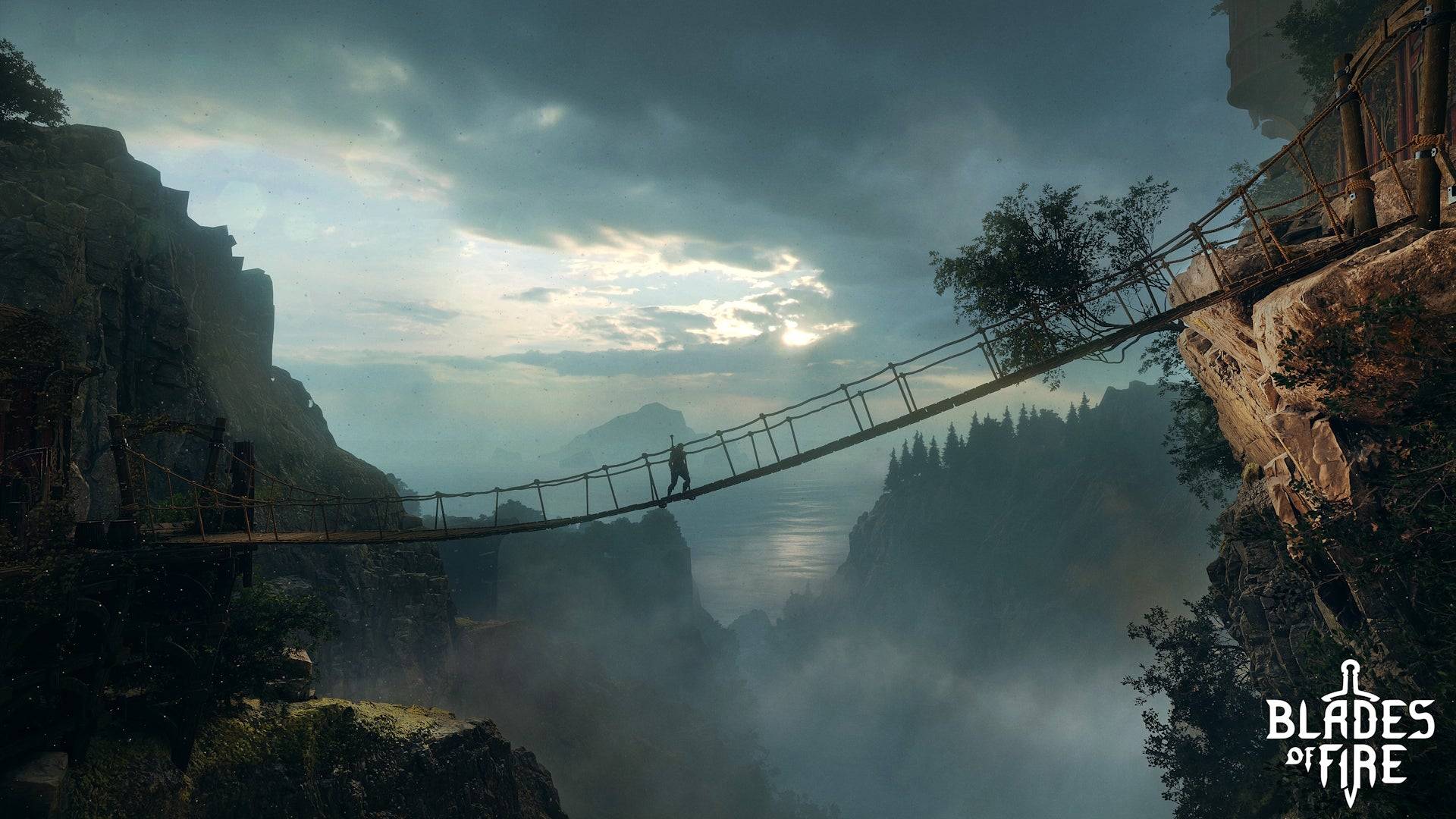
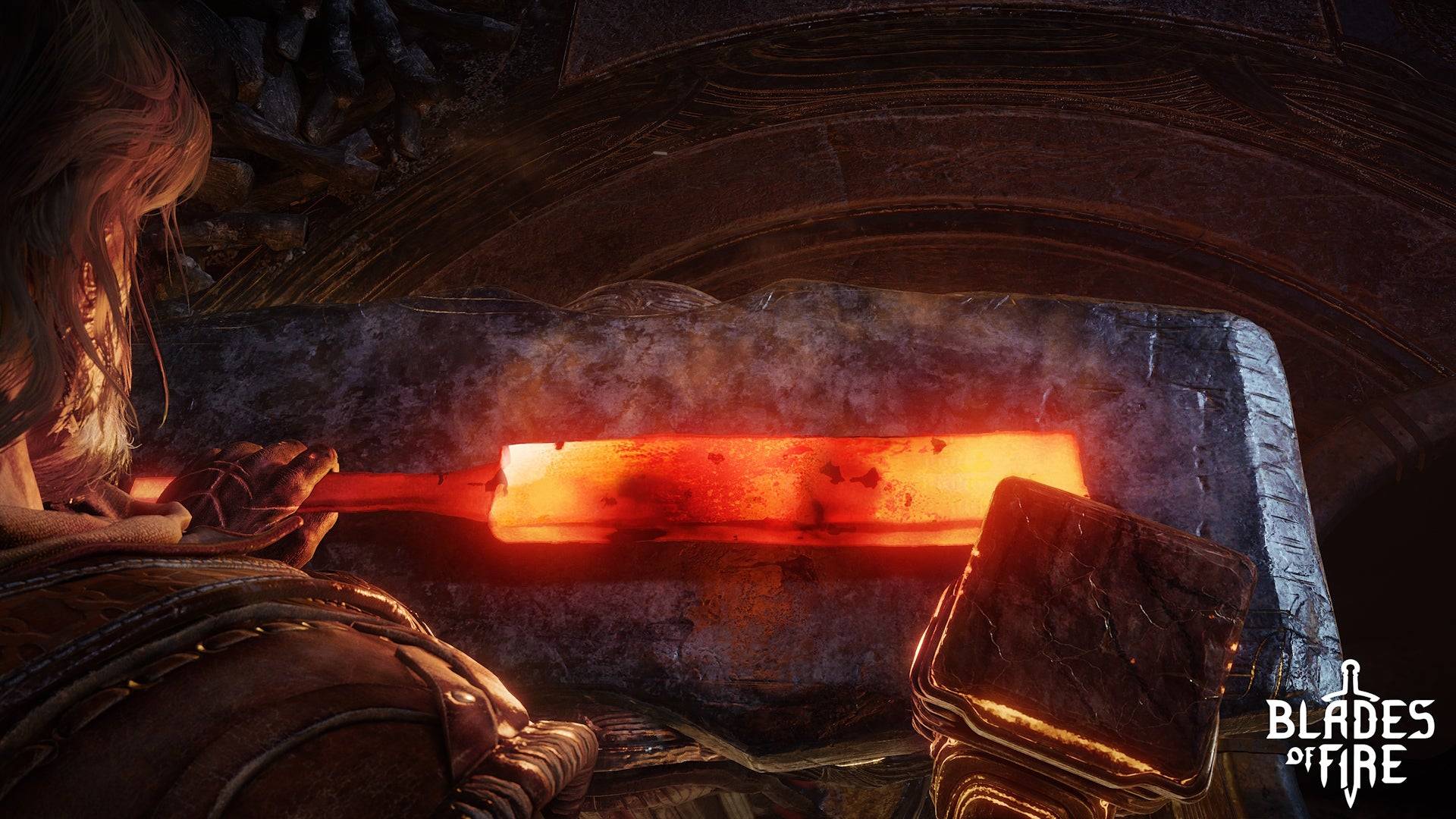 9 Images
9 Images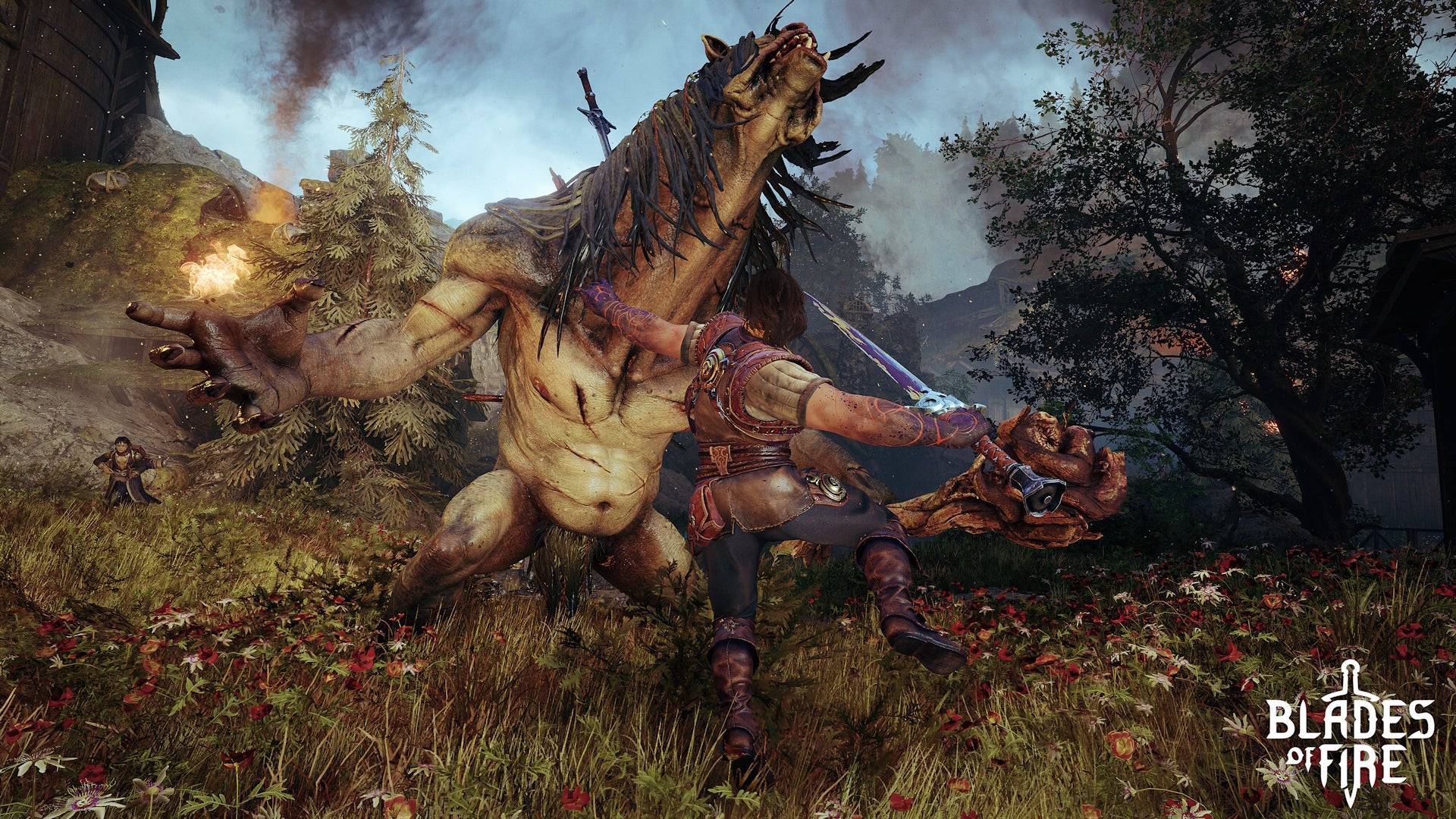
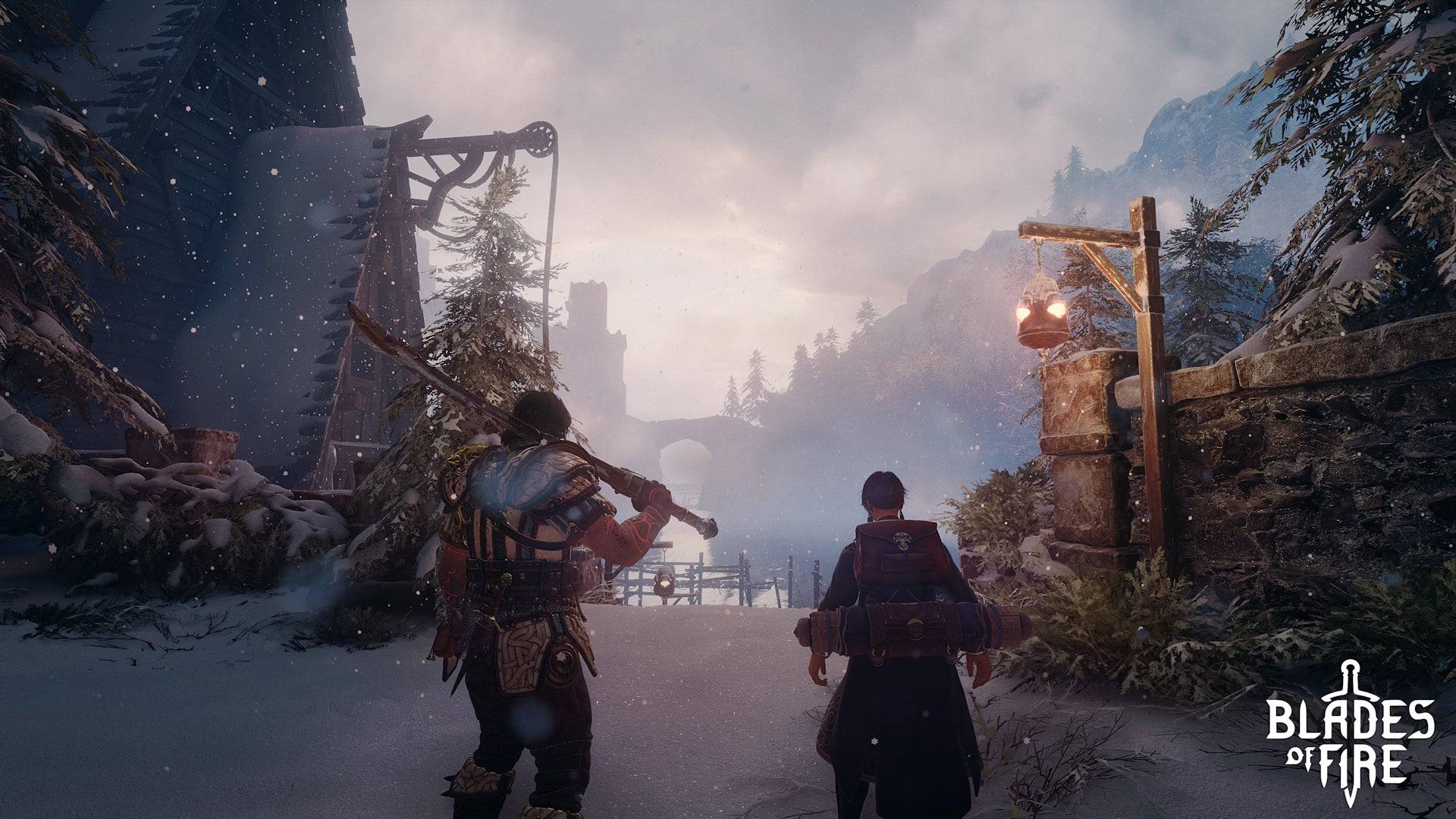

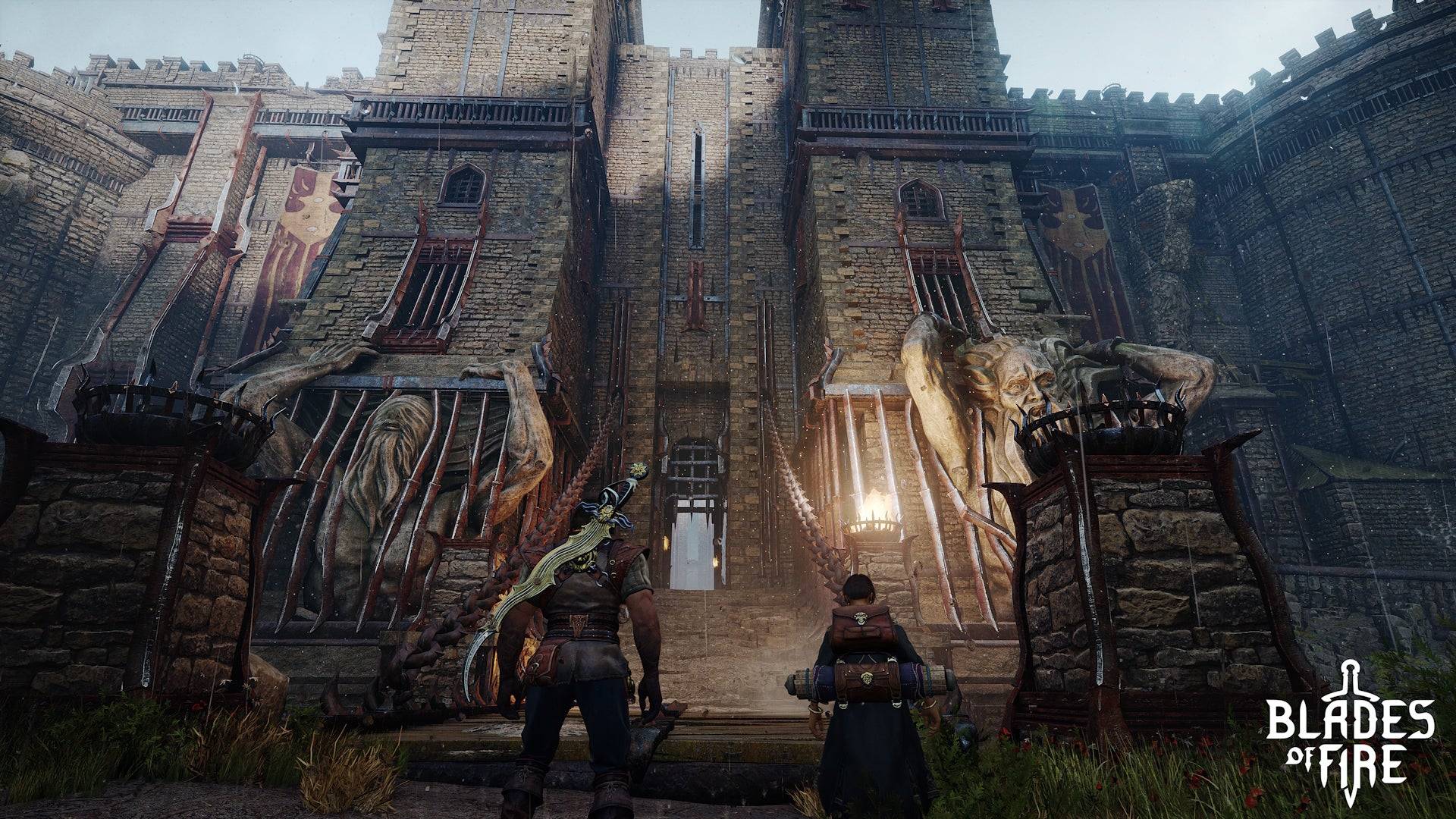 If the title didn't give it away, your weapons are the heart and soul of Blades of Fire. Compared to most games, they demand meticulous attention. Edged weapons dull with repeated use, meaning each successive strike deals incrementally less damage. This accumulates over time, so you'll need to use a sharpening stone to restore your weapon's blade. Alternatively, you can switch to a different stance; the edge and the tip wear down independently, contributing to the sense that these are tangible items affected by your fighting style.
If the title didn't give it away, your weapons are the heart and soul of Blades of Fire. Compared to most games, they demand meticulous attention. Edged weapons dull with repeated use, meaning each successive strike deals incrementally less damage. This accumulates over time, so you'll need to use a sharpening stone to restore your weapon's blade. Alternatively, you can switch to a different stance; the edge and the tip wear down independently, contributing to the sense that these are tangible items affected by your fighting style.
As with Monster Hunter, you'll need to make space to sharpen your sword mid-fight. But every weapon has a durability meter that continually depletes, no matter how well you care for it. When your weapon inevitably shatters, you can repair it at an anvil checkpoint. Or you can melt it down into its raw materials to start crafting anew, which is undoubtedly Blades of Fire's most significant and distinguishing innovation: the forge.
With your weapon design complete, you must then physically hammer out the metal on an anvil. "To say MercurySteam has created an extensive weapon crafting system is an understatement. Instead of finding new armaments in the world, every weapon's journey begins here in the forge. It starts with selecting a basic weapon template, which Aran sketches out on a chalkboard. From here, you tweak and modify. For instance, when designing a spear, I adjusted both the length of the pole and the shape of the spearhead. Each decision impacts the weapon's stats; a longer pole increases the spear's range, while the shape of the head dictates its effectiveness at slashing or piercing. Different materials affect weight, which in turn changes the weapon's demands on your stamina pool. All this fosters a genuine sense of crafting your weapon. You even get to name your creation.
Most crafting systems would end there. In Blades of Fire, this is only the halfway point. With your design complete, you must then physically hammer out the metal on an anvil. This is accomplished through a remarkably involved minigame where you control the length, force, and angle of every hammer strike. A curved line across the screen represents the ideal shape, and with each blow of the hammer, you attempt to arrange a series of vertical bars, akin to a graphic equalizer, to match that curve. Overworking the steel results in a weaker weapon, so the goal is to replicate that line with as few strikes as possible. Your efforts are rewarded with a star rating; the more stars you earn, the more often you can repair your creation before it permanently breaks and is lost forever.
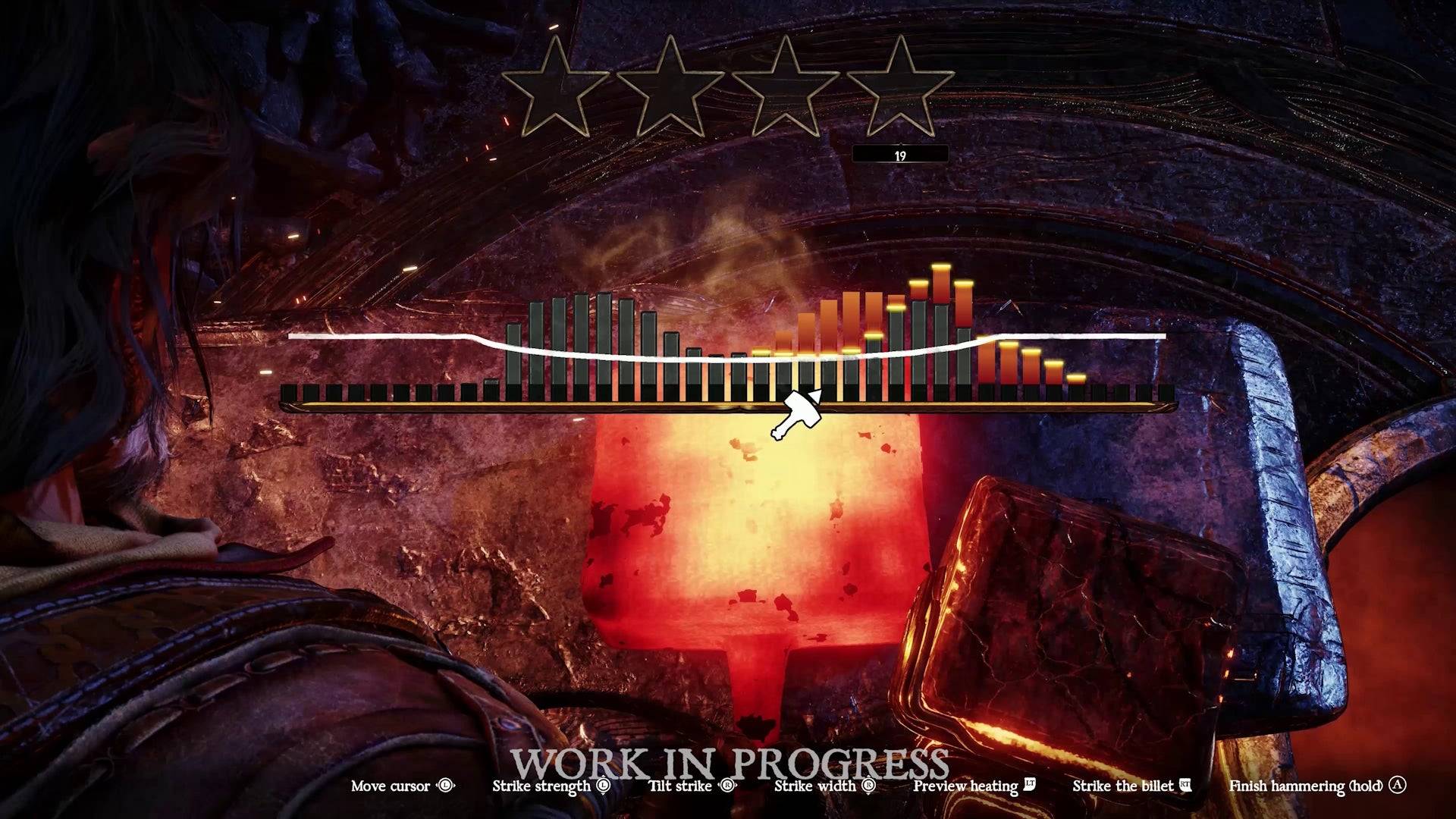 The forging minigame is a great idea that feels a little too obtuse. | Image credit: MercurySteam / 505 Games
The forging minigame is a great idea that feels a little too obtuse. | Image credit: MercurySteam / 505 Games
I really appreciate the concept of the forge and how it introduces a skill element to what is typically a menu-driven system. However, even after several sessions at the anvil, I found the minigame frustratingly obtuse. There didn't seem to be a clear connection between the areas I struck and the resulting shape of the metal. Hopefully, some improvements or a better tutorial will be implemented before launch – it would be a shame for Blades of Fire's most interesting feature to be marred by irritation.
The idea at the heart of the forge extends far beyond the boundaries of a three-hour demo session. MercurySteam wants you to feel deeply attached to the weapons you create and carry them with you throughout your journey – a journey the developer claims will last "no less than 60-70 hours." As you explore the world and discover new metals, you'll be able to reforge your trusted swords, axes, hammers, and spears to enhance their properties, ensuring they're always suitable for new and more difficult challenges. This relationship between you and your armaments is emphasized by the death system; upon defeat, you drop the weapon you were using and respawn without it.
It's unsurprising to see MercurySteam adopt multiple ideas from Dark Souls and its siblings. This is partly due to FromSoftware's seemingly irreversible impact on action games, but also because Blades of Fire is something of a spiritual successor to Blade of Darkness: a relic of the early 2000s, it was developed by MercurySteam's founding members and is considered (by its cult following, at least) to be a precursor to the Souls series. In many ways, those developers are simply picking up from where they left off, implementing the advancements made by other studios during their time away from the genre.
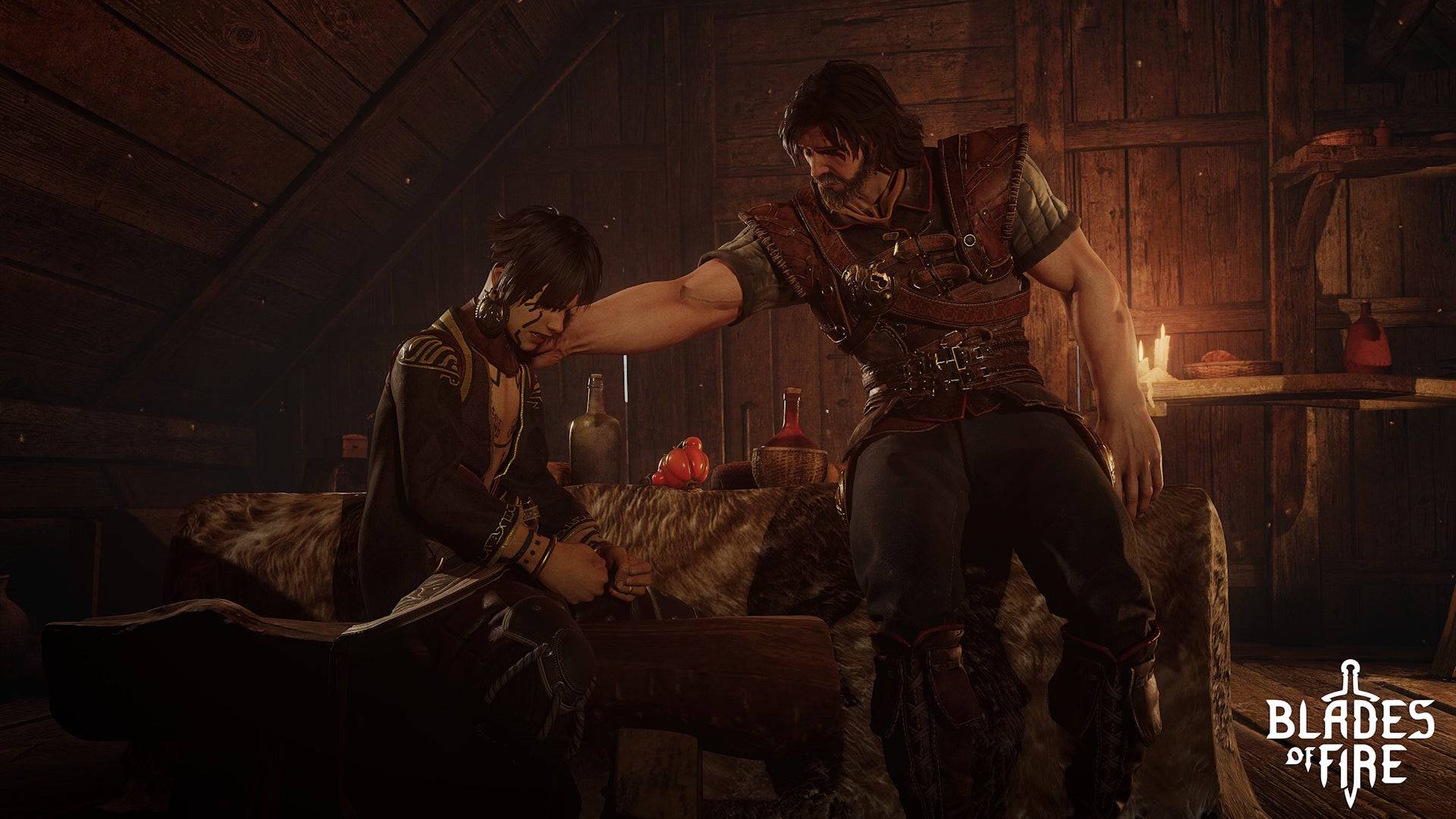 Aran is joined by his young companion, Adso, who can help solve puzzles and comment on the world's lore. | Image credit: MercurySteam / 505 Games
Aran is joined by his young companion, Adso, who can help solve puzzles and comment on the world's lore. | Image credit: MercurySteam / 505 Games
As I played, I could feel the gravitational pull of all of MercurySteam's apparent influences – the brutal combat of this project's decades-old predecessor, the innovations of FromSoft, and the world design of God of War. But as much as those ideas are evident, they don't define the studio's latest work. Rather than crafting a Soulslike or a God of War-like, those established systems have been reinterpreted as part of a larger canvas of ideas. Blades of Fire has a recipe of its own that successfully distances it from any of its obvious gaming touchstones.
I do have some reservations – I'm unsure if this fairly generic dark fantasy world is up to the challenge of supporting a 60-hour adventure, and within three hours, I'd fought the same gatekeeping miniboss three times, which makes me question the variety on offer. But the demonstrated depth of the relationship between your forged blades and the foes you face has me totally intrigued. In a time when complex and, frankly, obtuse games like Elden Ring and Monster Hunter have become mainstream hits, I think Blades of Fire has the potential to contribute something fascinating to the scene.





